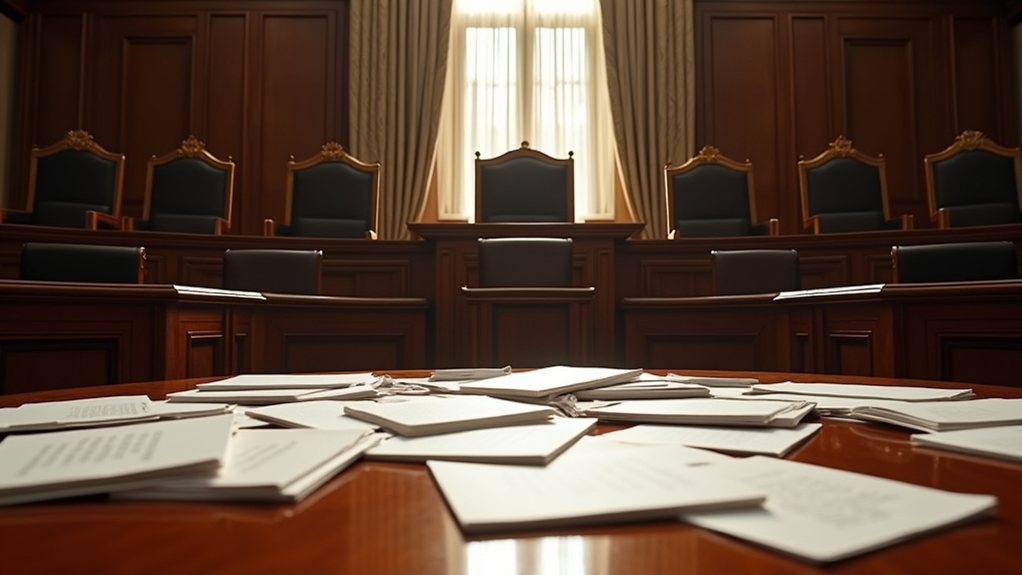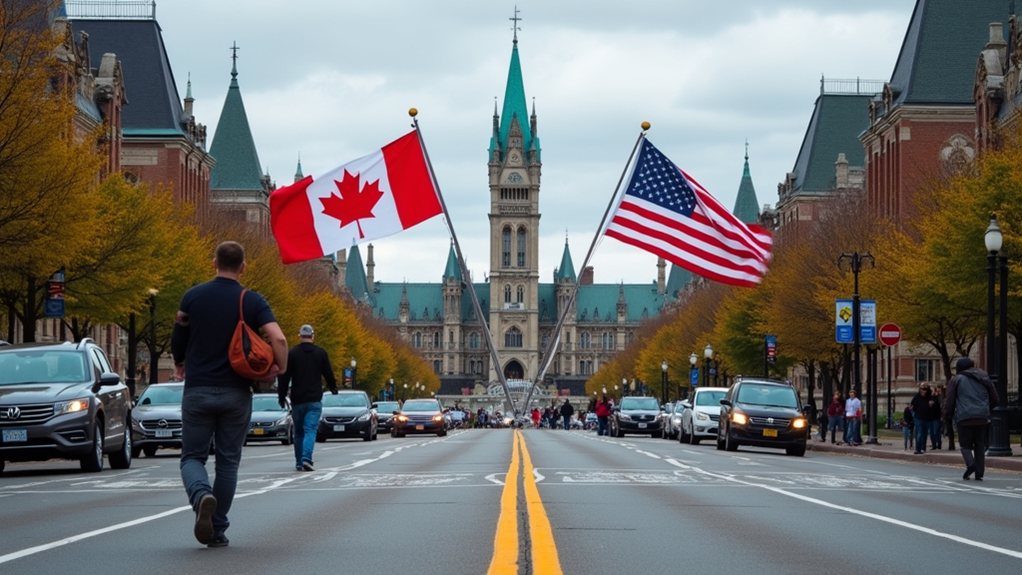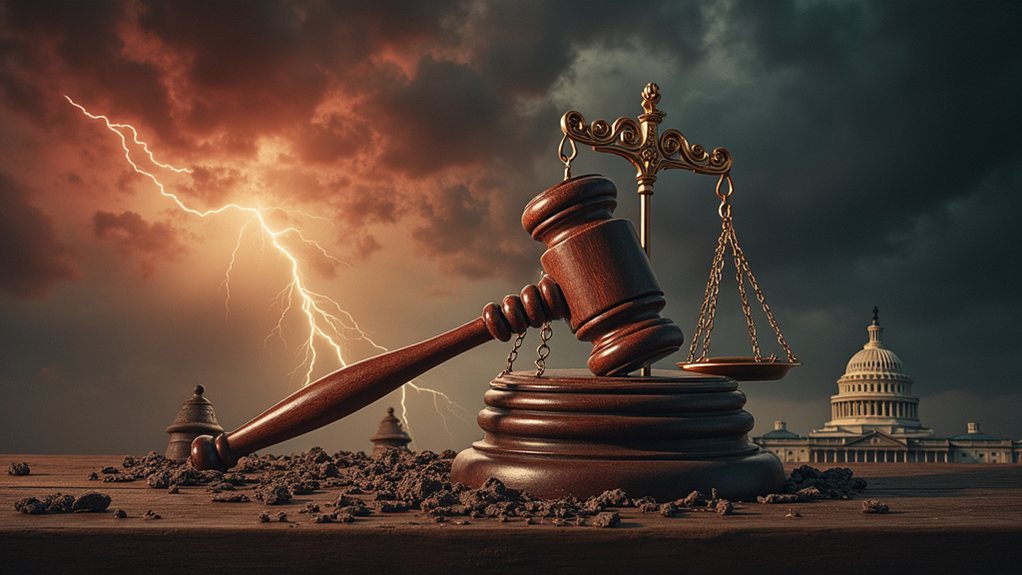The Supreme Court ordered the release of nearly $2 billion in foreign aid on March 5, 2025. The decision came after a 5-4 ruling that upheld a lower court's order. The Court rejected the Trump administration's request to freeze the funds further. Chief Justice John Roberts and Justice Amy Coney Barrett sided with the liberal justices in this case. The Court instructed a district court to clarify the government's obligations regarding the funds. The nearly $2 billion in question was meant for aid organizations and included humanitarian assistance and medical research. These funds were tied to projects funded by the U.S. Agency for International Development (USAID) and the Department of State. They had been frozen for about three months, causing many programs and studies to come to a halt. Nearly $60 billion in total aid was frozen by the administration, which further compounded the financial distress of affected organizations. The Supreme Court's decision came after the Feb. 26 payment deadline had passed, emphasizing the urgency of addressing the funding freeze. The evolution of privacy rights, as seen in significant judicial decisions, reflects broader shifts in American values, influencing how courts address complex issues such as financial aid and government obligations. The legal battle began when non-governmental organizations and contractors filed lawsuits in early February. U.S. District Judge Amir Ali issued the initial order on February 13, demanding the funds be released by February 26. However, the Trump administration failed to lift the suspension and took the case to the Supreme Court just hours before the deadline. The Trump administration claimed that the judge's order interfered with presidential powers over foreign affairs. They argued the district court lacked jurisdiction in this matter. While they requested a pause on the lower court's order, they did not challenge their obligation to follow it. The dissenting opinions from four conservative justices raised concerns about the power of a single judge over billions of taxpayer dollars. The ruling has significant implications for aid organizations. Many programs have already been stopped, and thousands of contracts were terminated. With over 90% of USAID awards affected, the future of many crucial projects remains uncertain. Next steps will involve the district court clarifying the government's compliance obligations.
Author
Tags
Share article
The post has been shared by 0
people.








